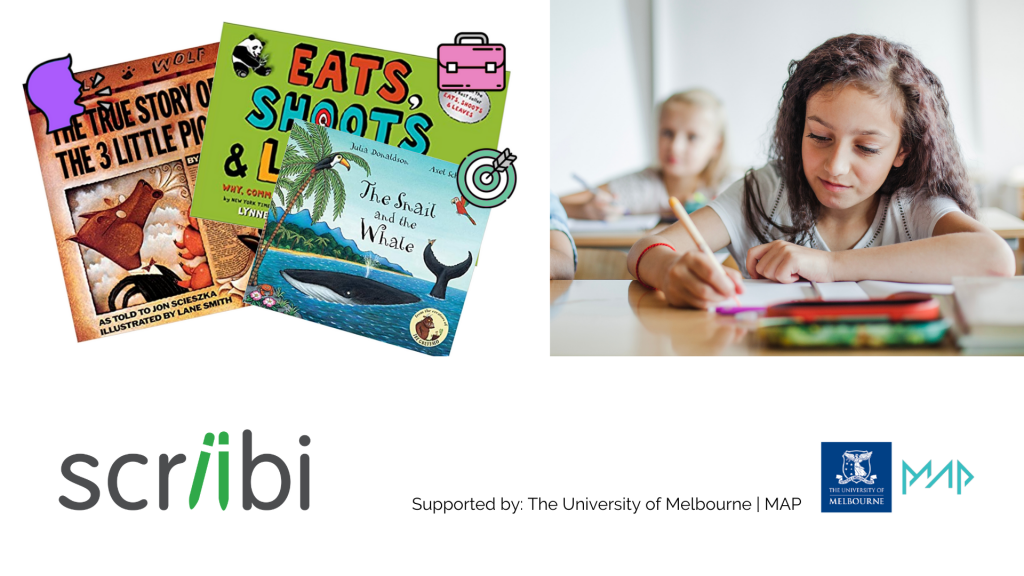Mentor Texts Workshop
By harnessing the power of mentor texts, students will learn how to ‘read like a writer’ and develop their confidence and writing skills.
Focus
How to use mentor texts in the classroom to develop students’ appreciation of good literature and develop their writing skills.
- Helping students make the connection between reading and writing
- Understanding the three ways we can use mentor texts to support writing (Ideas, Structure, Craft)
- How to use mentor texts effectively in a writing workshop/lesson
Learning Outcomes
What will be covered:
Who should attend?
- Literacy leaders
- P-6 teachers
What is a Mentor text?
Just as we learn how to talk, walk and develop social skills from observing and imitating others, we can also develop our writing skills by studying the language and features within a piece of quality writing. A newspaper article, poem or story can all serve as mentor texts, as they provide a model of what good writing looks like within various genres.
In this session you’ll learn three ways to use a mentor text:
1. IDEAS:
Help students come up with new and creative IDEAS.
Example: In William Golding’s Lord of the Flies, two characters describe the exact same setting differently; one sees it as a dangerous place, the other thinks it’s interesting and beautiful. Students can use this example to describe two different character perspectives (point of view) about a place or person.
2. STRUCTURE:
Students emulate the organisational STRUCTURE or interesting pattern of ideas.
Example: In Stephen Kramer’s introductory two pages to his non-fiction picture book, Caves, he begins with a paragraph that shares things you would never find in a cave; then he describes what you would see in a limestone cavern. Students can borrow this two-part, subtle structure to describe any setting.
3. CRAFT:
Learn CRAFT SKILLS by studying the skills, techniques and styles of good writers.
Example: In All the Places to Love, Patricia MacLachlan describes settings by starting sentences with a variety of prepositional phrases.
July Session:
(August session below is a repeat session)
August Session:
(July session above is a repeat session)
